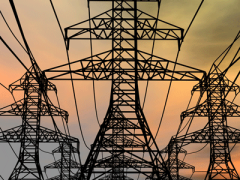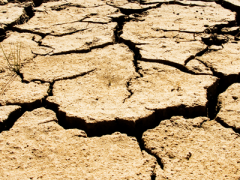Update of stocktake tool hosted by PBL measures progress towards Paris goals
The Paris Agreement’s objective is to keep global warming to well below 2 ˚C or even 1.5 ˚C. Now, 4 years after Paris, the question arises whether countries are indeed doing enough to achieve this objective? What are the possible impacts of the promises and national climate policies? PBL hosts the interactive ‘Global stocktake tool’, a tool designed to measure progress towards the climate goals formulated in the Paris Agreement.
The Paris Agreement aims to limit climate change at the global level, whereas policies are usually implemented on a national level. The key question, therefore, is whether countries are currently doing enough to achieve the global objective. The comparison between national action and global objectives is referred to in the Paris Agreement as the Global Stocktake, in which the collective progress by 2023 is assessed (and every five years thereafter). The ‘Global Stocktake’ tool is a website hosted by PBL and provides information on to do this. In this way, it can support the negotiations, such as through the update of Nationally Determined Contributions as discussed at the COP25 in Madrid, which is held during the first two weeks of December 2019.
The PBL Global Stocktake tool was updated this year, and now also includes emission pathways from national models and global models that cover all world regions. These national models, each, represent one of seven countries/regions, i.e. China, the United States, the European Union, India, Brazil, the Russian Federation, and Japan. In addition, the tool now provides insights into the emission peak year for those countries, as well as into the year that emissions become net zero (accounting for negative emissions due to sequestration), and into which policies have been implemented in the individual countries. All indicators are based on scenarios from the CD-LINKS and COMMIT projects, and are outcomes from so-called integrated-assessment models, such as IMAGE.
The scenarios cover possible trends without climate policies, the pledges made in the NDCs, as well as the estimated impact of actually implemented policies. These can be compared against the cost-optimal scenarios consistent with achieving the Paris goals. The tool is more elaborate than other tools, as it provides an interactive set of indicators that not only monitor current progress but also include forward-looking indicators, such as investment rates. The various indicators relate to emissions, carbon budgets, decarbonisation rates, policy coverage and innovation.




